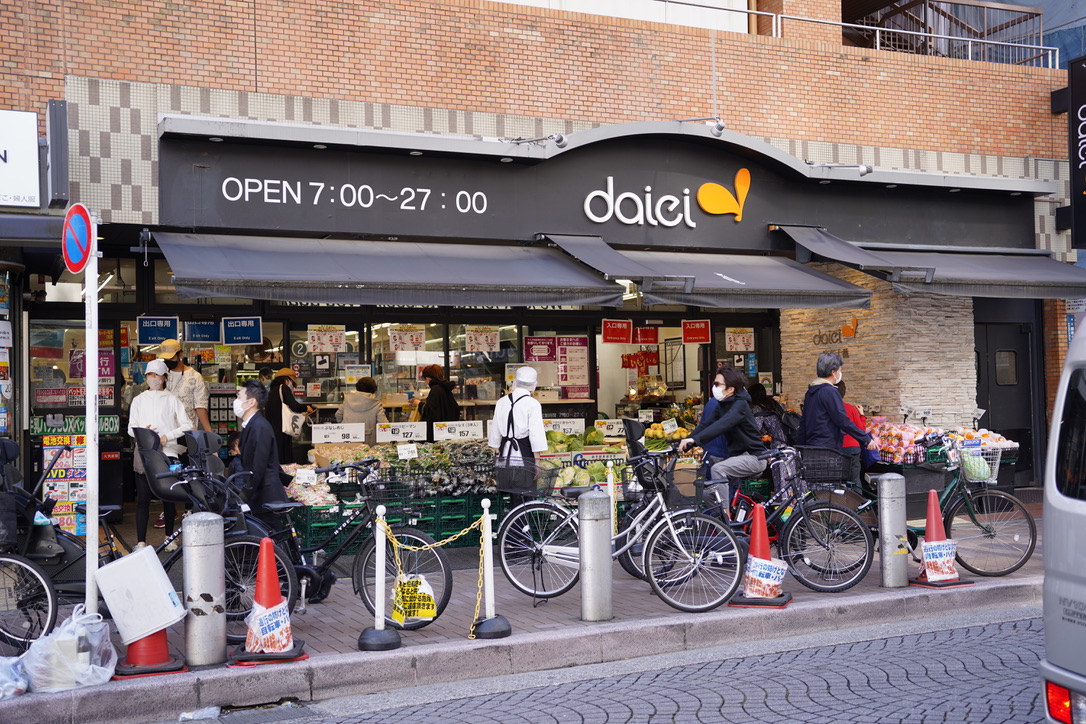Entering Japan is The Key to Success in Product Differentiation: Carrefour’s Failure

Carrefour, the Hypermarket Chain, Withdraws from Japan
French supermarket chain Carrefour, which operates supermarket chains worldwide, once ventured into the Japanese market. However, its presence in Japan was short-lived, with the company withdrawing after just a few years. While Carrefour is a well-regarded global brand, it failed to gain significant recognition in Japan. This serves as a practical example of the importance of product differentiation, even for large corporations. It provides valuable lessons for foreign businesses considering entry into Japan.
Carrefour entered the Japanese market in 2000, introducing its distinctive hypermarket format, known for its spacious retail areas. I’ve had the chance to visit Carrefour’s first store in Japan, and I recall the immense retail space, leaving an impression similar to that of Walmart in the United States.
However, in 2005, due to declining performance, Carrefour sold its Japanese operations to Japan’s leading supermarket chain, Aeon. This effectively marked Carrefour’s withdrawal from Japan. While the company expanded into Southeast Asian countries like Thailand, Malaysia, and Singapore, it eventually withdrew from these regions, similar to its Japanese venture.
Costco’s Success through Product Differentiation
The reason behind Carrefour’s exit from Japan after a few years lies in its inability to differentiate itself from the Japanese version of General Merchandise Stores (GMS). GMS typically focuses on daily goods and often doesn’t include groceries, although some GMS stores in Japan do sell groceries. In contrast, GMS stores in Japan are known for emphasizing grocery items.
At the time, Carrefour sourced its products from Japan. This meant there was nothing particularly novel about its product offerings. The only apparent difference was the enormous retail space. To secure these expansive retail areas, Carrefour had to open stores in the suburbs rather than in urban areas, which resulted in less favorable locations. Ultimately, Carrefour’s failure to significantly differentiate itself from Japanese GMS stores was a key factor behind its withdrawal from the Japanese market. In contrast, another French company, Picard, which deals in frozen foods, continues to operate in Japan. Picard imports local products and maintains smaller retail spaces.
On the other hand, Costco, with its similarly large retail areas, has found success in Japan. Costco, unlike Carrefour, predominantly imports products from the United States. It offers Japanese consumers large quantities and sizes of products they’ve never seen before at competitive prices, evoking a sense of Americana, which has contributed to its success in Japan.
In Conclusion
We’ve learned that when entering the Japanese market from abroad, it’s not always necessary to conform to Japanese market conventions. Uniqueness in products, advertising, store design, and other factors related to the origin of the business can serve as differentiators and success factors. Given Japan’s many distinctive industry features, thorough industry analysis is essential when expanding from abroad into the Japanese market.



